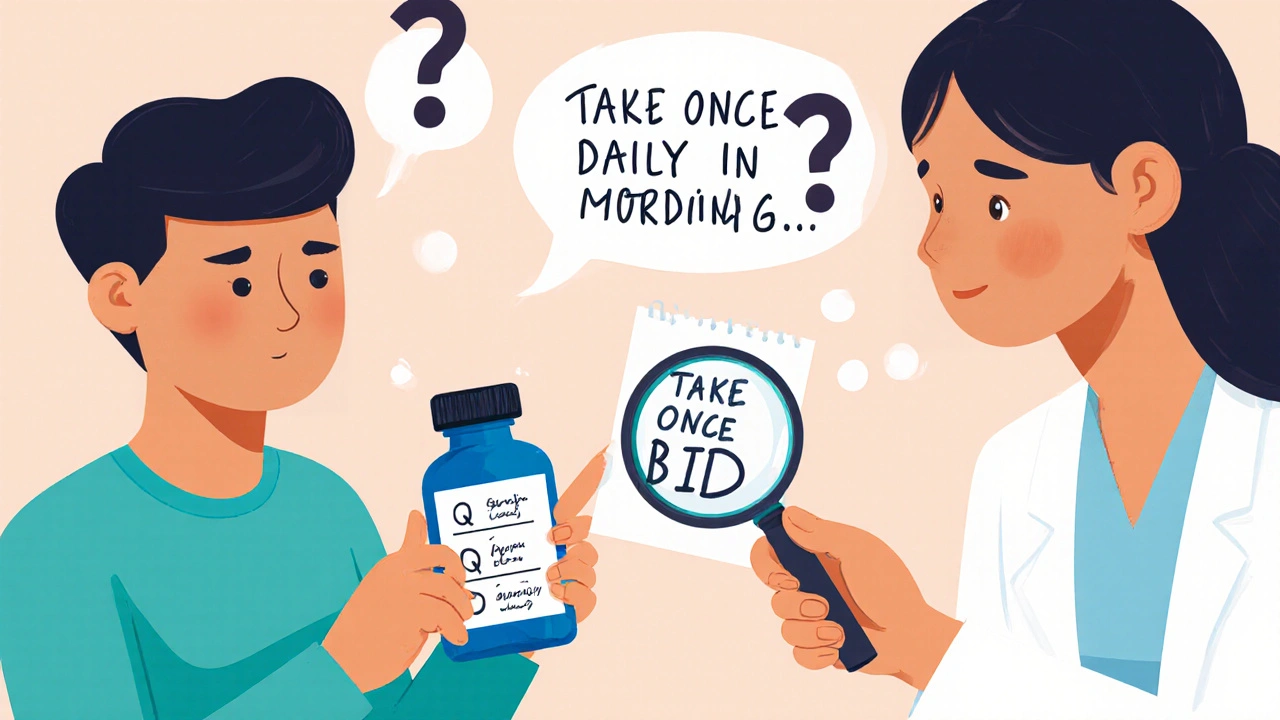Medication Instructions: How to Take Drugs Safely and Effectively
When you pick up a prescription, medication instructions, the clear, specific directions for how and when to take a drug to ensure safety and effectiveness. Also known as drug dosing guidelines, they’re not suggestions—they’re the difference between healing and harm. Many people assume if a pill works once, it’ll work the same way every time. But medication instructions exist because timing, food, and even body position can turn a life-saving drug into a useless one—or worse, a dangerous one.
Take food interactions, how eating or not eating affects how your body absorbs a drug. Levothyroxine? Take it on an empty stomach, 30 to 60 minutes before breakfast. Eat too soon, and your thyroid levels stay off. NSAIDs like ibuprofen? Take them with food to avoid stomach ulcers. These aren’t opinions—they’re proven science. Skip the instructions, and you’re gambling with your health. Then there’s drug timing, the precise schedule that keeps drug levels steady in your bloodstream. Taking antibiotics every 12 hours? Miss a dose, and you risk letting bacteria survive and grow resistant. Taking metformin with meals? It cuts the nausea. Taking prednisone in the morning? It mimics your body’s natural cortisol rhythm and reduces side effects. These aren’t arbitrary rules. They’re built from clinical data, patient outcomes, and pharmacokinetics like Cmax and AUC, how much of a drug enters your system and how fast it peaks.
And don’t forget the hidden risks. Some drugs cause side effects, unwanted reactions that can range from mild to life-threatening—like Stevens-Johnson Syndrome from a single pill, or DRESS syndrome weeks later. Others, like opioids, quietly worsen depression. Some, like erythromycin or entecavir, need to be paired with other drugs to work. And if you’re buying cheap generics online, you might not even be getting the right drug at all. That’s why checking lot numbers, understanding recalls, and knowing the difference between brand and generic matters. This isn’t just about reading the label. It’s about understanding why the label exists.
Below, you’ll find real, practical guides from men who’ve been there—how to time vaccines while on immunosuppressants, how to avoid sun reactions from photosensitive meds, how to handle expired pills safely, and what to do when your doctor’s advice conflicts with the bottle. No fluff. No theory. Just what works, what doesn’t, and why.
Confusing medication instructions can lead to dangerous errors. Learn how to ask the right questions, spot red flags on labels, and get clear directions from your pharmacist or doctor to stay safe.

